
Some memories hold tight while the years slip by, and for most people, those unforgettable moments come from their teens and twenties. Psychologists refer to this surge of vivid recall as the “reminiscence bump.” It shapes how we see ourselves long after youth fades. Here’s what makes this powerful window of memory linger so brightly.
Understanding The Reminiscence Bump Phenomenon

Flip through your mind’s scrapbook, and you’ll find the pages from ages 10 to 30 stand out in sharp detail. In fact, psychologists have discovered that individuals over 40 tend to remember these years best, and this memory peak is observed across cultures worldwide. Consistent research on life events confirms it’s no random fluke at all.
Why Adolescence And Early Adulthood Leave Lasting Imprints
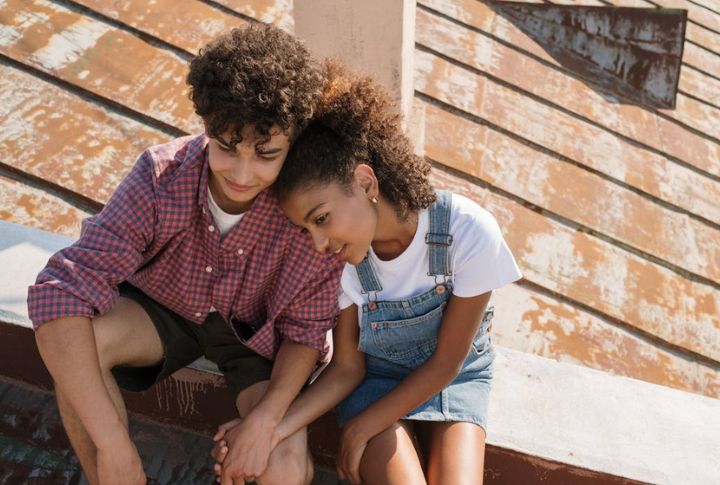
The brain lights up in adolescence as the prefrontal cortex sharpens our ability to store memories. First relationships, first paychecks—these moments stick because they’re life’s big “firsts.” Identity also takes shape, wrapping experiences in strong emotions. Together, these milestones are deeply etched into memory.
Music, Media, And Cultural Triggers Of Nostalgia
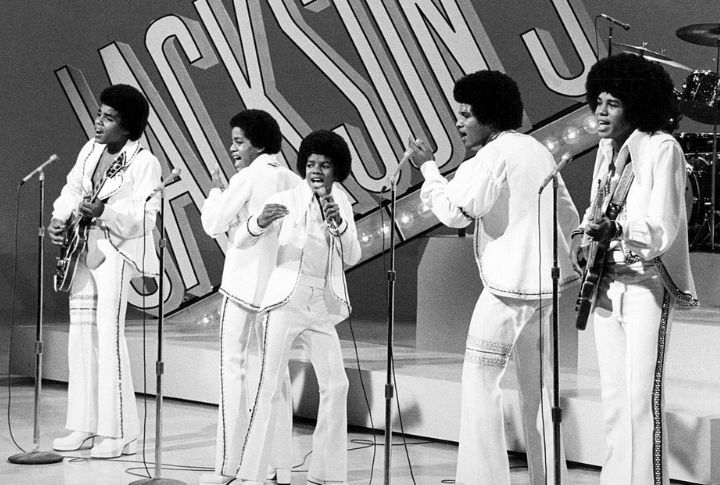
Think back to songs blasting between 15 and 25—instant nostalgia, right? Those tunes, shows, and movies tie us to social scenes that define who we were becoming. Because youth and early adulthood are rich in culture, the reminiscence bump occurs precisely when people absorb stories and soundtracks that last.
Biological And Cognitive Theories Behind The Bump
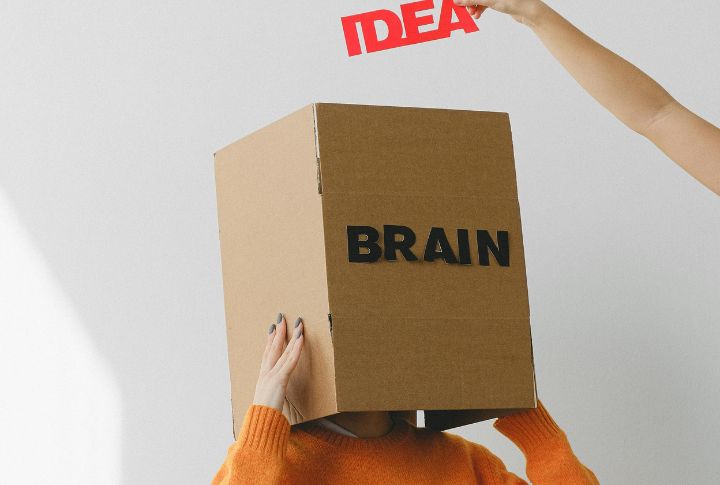
Scientists split on what powers the bump: some say the brain’s processing and calm stability strengthen how we lock memories in place. Others point to our brains reaching peak efficiency during our youth. However, both sides agree that these factors combine to keep memories from our twenties at the forefront.
The Role Of Life Scripts In Shaping Memory Recall

Graduations, weddings, first jobs—society writes a loose script, and we fill in the lines. Because these events match what culture expects in early adulthood, they’re rehearsed in our minds again and again. Retelling them keeps details sharp, especially if they align.
How The Bump Deepens With Age And Reflection

Sitting with old friends or flipping through photo albums, middle-aged folks use early memories to reflect on who they’ve become. Those teenage and twenty-something stories stay vivid as people grow older. When life winds down, these reflections anchor personal anecdotes, helping many find warmth and clarity in later years.
Emotional Weight Of Positive Versus Negative Memories
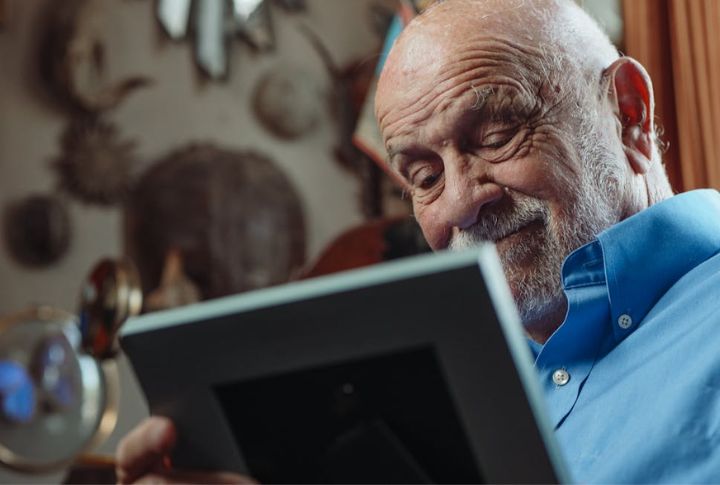
Replaying the past tends to highlight the bright spots. While rough times also exist, negative snapshots often fade away with retelling. Motivated memory theory suggests that humans tend to recall more positive experiences, which helps make them stand out. This tilt explains why the bump glows with upbeat experiences we love to revisit.
Variations In The Bump Across Cultures And Individuals
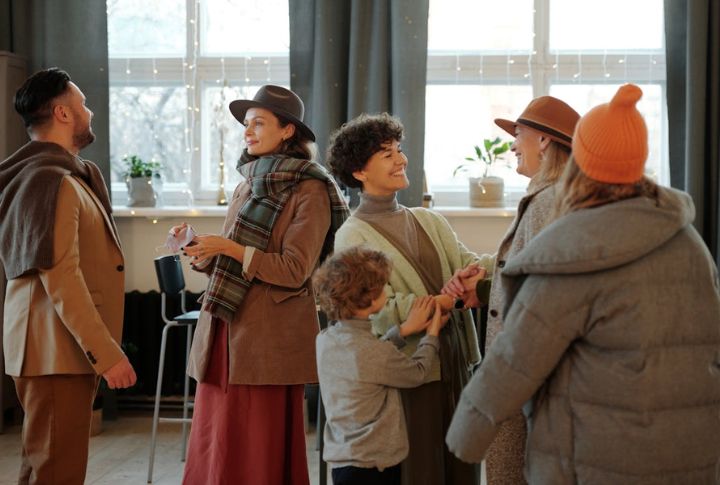
No two bumps are exactly alike. Personality traits such as openness or neuroticism influence how vivid these memories feel. Meanwhile, different life paths can expand or limit how often these years resurface. In cultures that value shared experiences, collective milestones add layers of meaning that deepen ties to the past.
Implications For Therapy, Education, And Storytelling
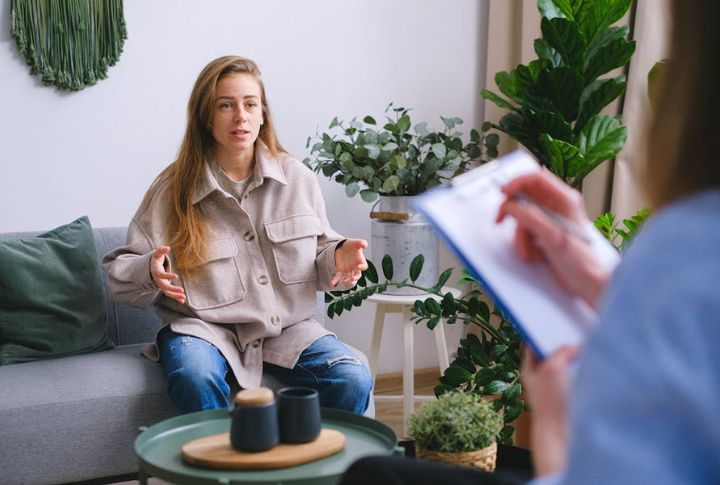
Therapists lean on bump-era memories to guide people through reflection and healing, while teachers bring lessons to life by tying them to moments that feel personal. Writers and filmmakers also understand the power of these snapshots, and they turn them into stories that evoke deep emotions and keep audiences hooked until the final page or scene.
Future Research And Unanswered Questions

Some researchers argue that biology drives the bump’s power, while others say culture holds more sway. New studies are now exploring whether apps and online albums are reshaping how we remember. Long-term research hopes to settle the debate, yet one question remains: will tomorrow’s young adults experience this memory peak the same way?

